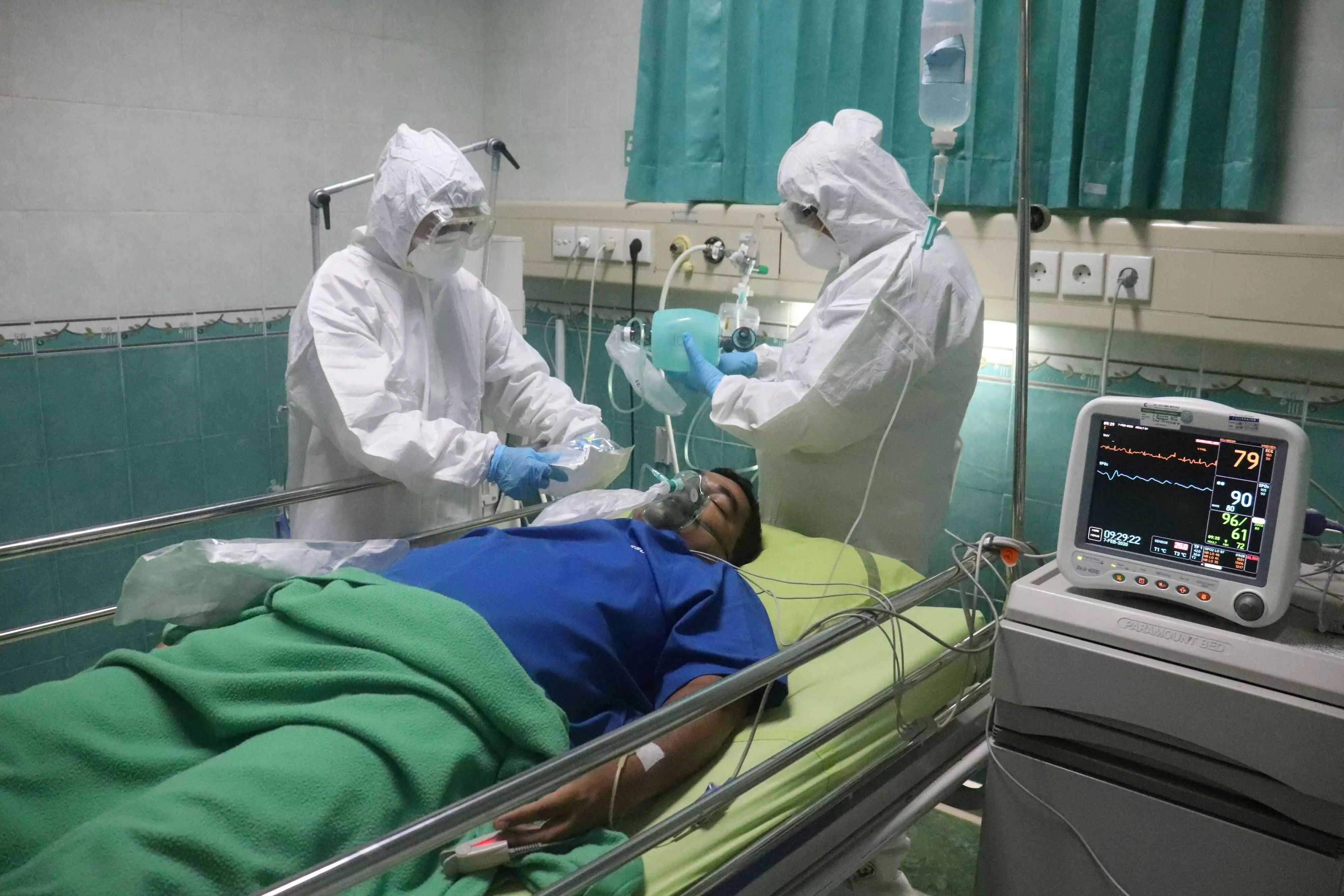Plugging the loopholes
Confronted with lapses in Ayushman Bharat Scheme and its implementation, India should learn from global best practices to build a robust public healthcare system

India stands at a crossroads in its healthcare journey, grappling with the dual challenges of insufficient public health infrastructure and the encroachment of corporate interests into healthcare provision. The Ayushman Bharat scheme, launched with the noble intent of providing healthcare coverage to millions, has been marred by systemic failures that highlight deeper issues in the country's approach to healthcare reform.
Ayushman Bharat aimed to address the glaring gaps in access to healthcare services by providing insurance coverage to vulnerable populations. However, its implementation has been plagued by issues such as inadequate funding, administrative inefficiencies, and the privileging of private healthcare providers over strengthening public healthcare institutions. This approach has inadvertently contributed to the corporatisation of healthcare in India, where profit motives often dictate the delivery of essential services, leaving behind those who cannot afford private care.
The corporatisation of healthcare in India has exacerbated disparities in access, quality, and affordability. Private hospitals, driven by profit margins, tend to focus on lucrative treatments while neglecting primary and preventive care, which are the cornerstone of a robust healthcare system. This trend undermines the principles of equity and inclusivity that should underpin any healthcare reform effort.
To envision a sustainable future for healthcare in India, drawing lessons from countries like Canada, Sweden, and Australia is crucial. These nations have successfully built comprehensive public healthcare systems that prioritise universal access, equity, and quality of care. A key feature of their systems is the substantial allocation of GDP towards healthcare, ensuring adequate funding for infrastructure, human resources, and technological advancements.
Canada's single-payer model, for instance, ensures that all residents have access to necessary medical services without financial barriers. This approach not only promotes health equity but also reduces overall healthcare expenditures by streamlining administrative costs and negotiating fair prices for medical services and pharmaceuticals.
Similarly, Sweden and Australia have implemented mixed healthcare systems that combine public funding with private provision, ensuring universal coverage while maintaining high standards of care. These systems emphasise preventive care, community health initiatives, and a strong primary care network, which are essential components of a sustainable healthcare system.
India can learn from these models by prioritising the development of a robust public healthcare infrastructure. This includes increasing government spending on healthcare to at least 2-3% of GDP, as recommended by global health organisations. Such investment would enable the expansion and modernisation of public hospitals and clinics, recruitment and training of healthcare professionals, and implementation of digital health technologies to improve service delivery and patient outcomes.
Furthermore, reforms should focus on strengthening primary healthcare services at the grassroots level, ensuring that every citizen has access to essential services such as vaccinations, maternal care, and chronic disease management. This proactive approach not only improves health outcomes but also reduces the burden on secondary and tertiary care facilities, thereby optimising resource allocation and enhancing overall healthcare efficiency.
In conclusion, while the Ayushman Bharat scheme aimed to address India's healthcare challenges, its shortcomings underscore the need for a fundamental shift towards a robust public healthcare system. By prioritising equity, accessibility, and quality of care, and learning from successful international models, India can lay the foundation for a healthcare system that meets the needs of all its citizens, regardless of socioeconomic status. Building such a system requires political will, sustained investment, and a commitment to placing public health above profit motives - a vision that holds the promise of a healthier and more equitable future for India.
Views expressed are personal



